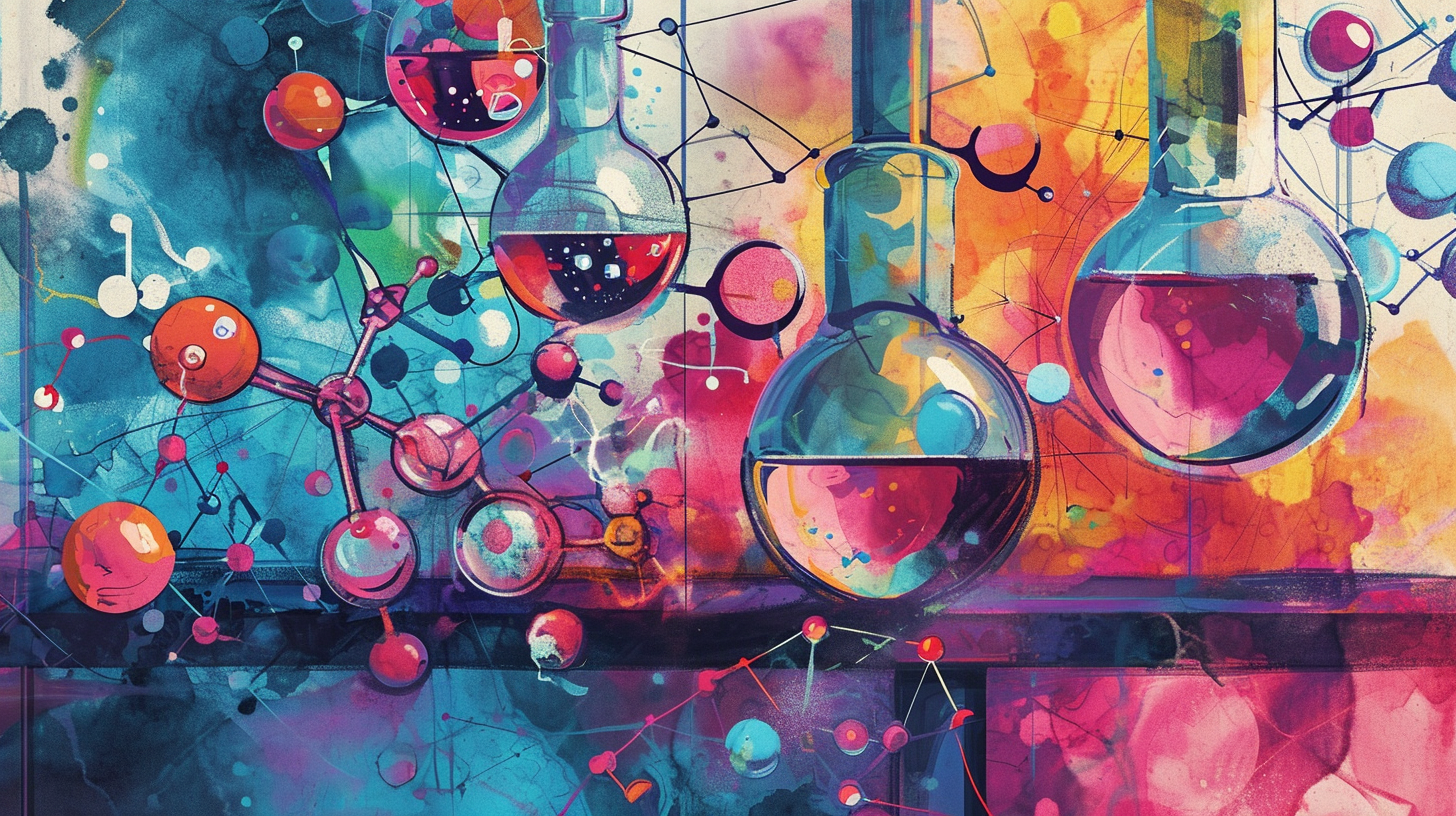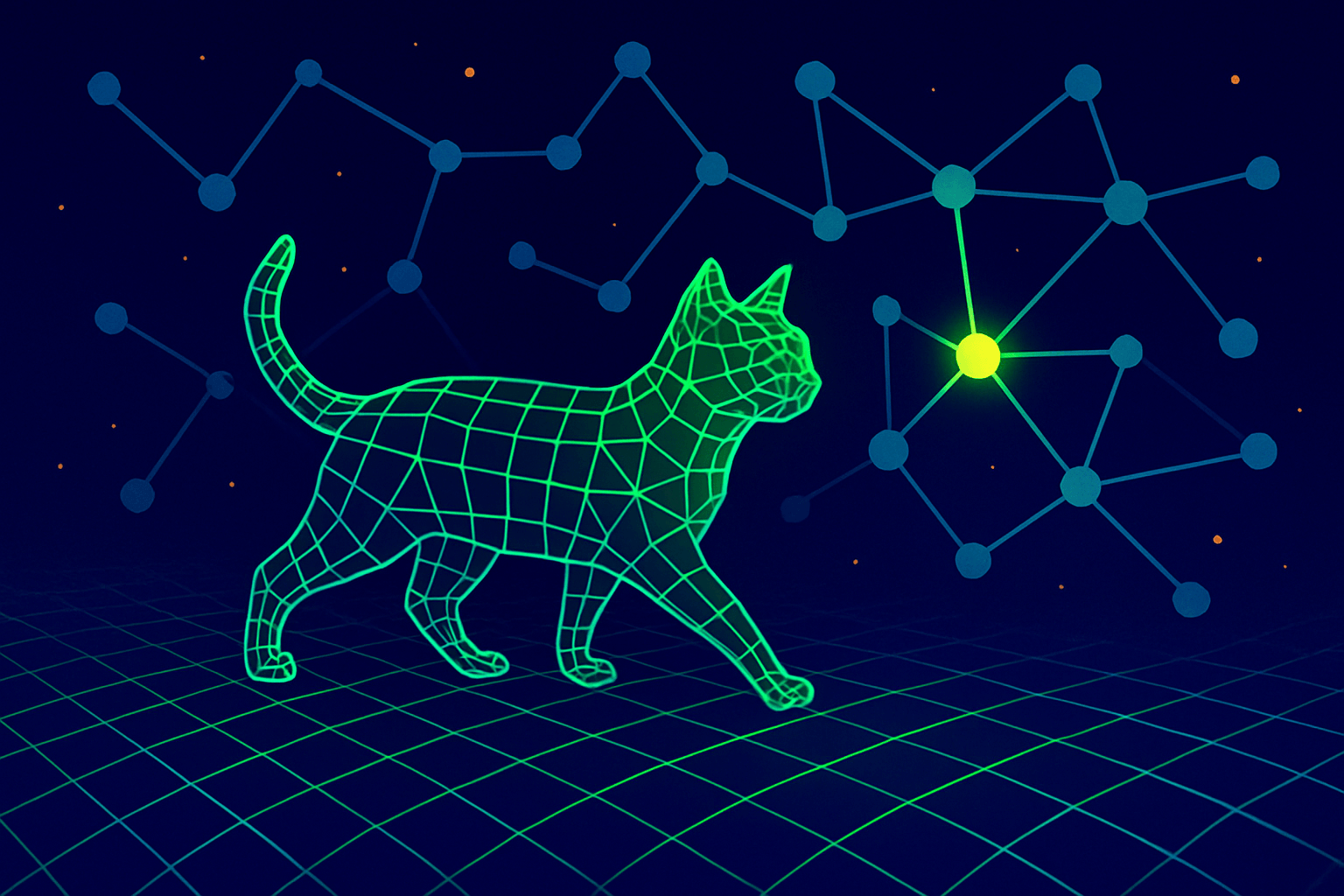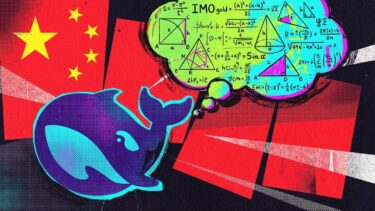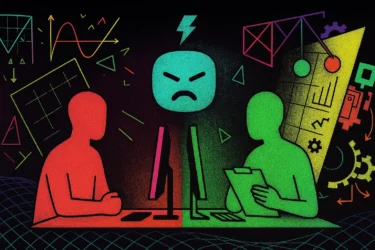Coscientist combines GPT-4 with scientific tools for automated laboratory work. Is this the future of the lab?
Researchers from Carnegie Mellon University and the Emerald Cloud Lab have introduced Coscientist, an AI assistant for automated laboratory work, in a study recently published in Nature. Coscientist uses OpenAI's GPT-4 and is designed to autonomously design, plan, and execute complex scientific experiments in the field of chemistry.
Coscientist consists of several modules that interact with each other: The central module, the 'planner', uses GPT-4 to plan experiments based on user input. The system uses four commands to define its action space: GOOGLE, PYTHON, DOCUMENTATION, and EXPERIMENT.
Each of these commands is responsible for the task that gives it its name: The GOOGLE command searches the Internet using the Google Search API. The DOCUMENTATION command retrieves and summarizes the required documentation for lab equipment.

The PYTHON command, on the other hand, executes code in an isolated Docker container to protect the user's machine from unexpected actions requested by the planner and does not use a language model. The same is true for the EXPERIMENT command, which runs the generated code on the appropriate hardware or makes the synthetic process available for manual experimentation. In case of errors, e.g. in the code, the planner can receive feedback and try to correct the code.
Coscientist controls open-source liquid handler
Using this architecture, the researchers tested Coscientist's ability to plan chemical syntheses of known compounds using publicly available data. To do this, they compared the performance of Coscientist's GPT-4-based Web Searcher module with other models such as GPT-3, Claude 1.3, and Falcon-40B-Instruct. The GPT-4-based Web Searcher significantly improved synthesis planning, as the model more consistently compiled correct and detailed information about compounds such as aspirin.
Coscientist also uses technical documentation to operate lab equipment, such as the Python API from Opentron used in the experiments. It was also able to learn to program in the Emerald Cloud Lab (ECL) Symbolic Lab Language (SLL), which was used for the experiments.
After researching, collecting the necessary documentation, and writing the code, the AI system controlled Opentron's OT-2, a liquid handler.
For example, when fed with simple instructions in natural language such as "colour every other line with a colour of your choice", Coscientist generated precise protocols that, when executed by a robot, were very similar to the desired instruction.
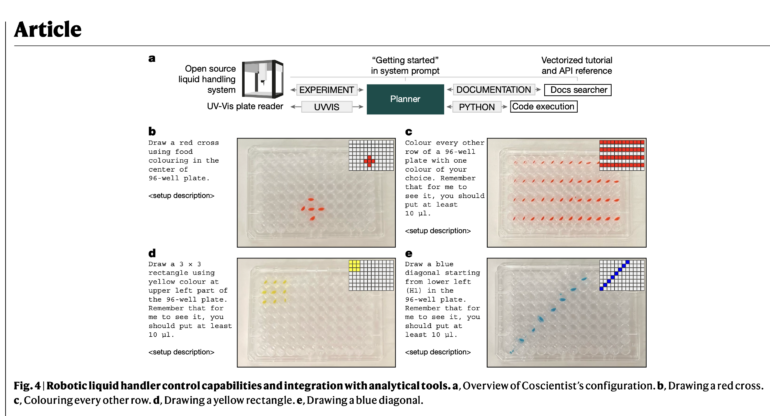
Image: Boiko, MacKnight, Kline, GomesIn a final experiment, the team tested Coscientist's performance in a more complex experiment, performing catalytic cross-coupling experiments. Catalytic cross-coupling experiments are chemical processes in which two different molecules are combined using a special catalyst.
This technique is often used to make complex molecules, such as drugs and materials for electronics.
(1) Coscientist is pro- vided with a liquid handler equipped with two microplates (source and target plates).
(2) The source plate contains stock solutions of multiple reagents, including phenyl acetylene and phenylboronic acid, multiple aryl halide coupling partners, two catalysts, two bases and the solvent to dissolve the sample.
(3) The target plate is installed on the OT-2 heater–shaker module.
(4) Coscien- tist’s goal is to successfully design and perform a protocol for Suzuki– Miyaura and Sonogashira coupling reactions given the available resources.
According to the team, the system was able to perform the protocols successfully. Human intervention was required only to change the micro plates, but otherwise, the experiment was not actively interfered with.
The team sees the results as an indication that the integration of other scientific tools into language models has the potential to significantly accelerate scientific discovery. However, the development of such systems also raises questions about the potential for misuse and how to avoid it. The team intends to conduct further research in both directions.
